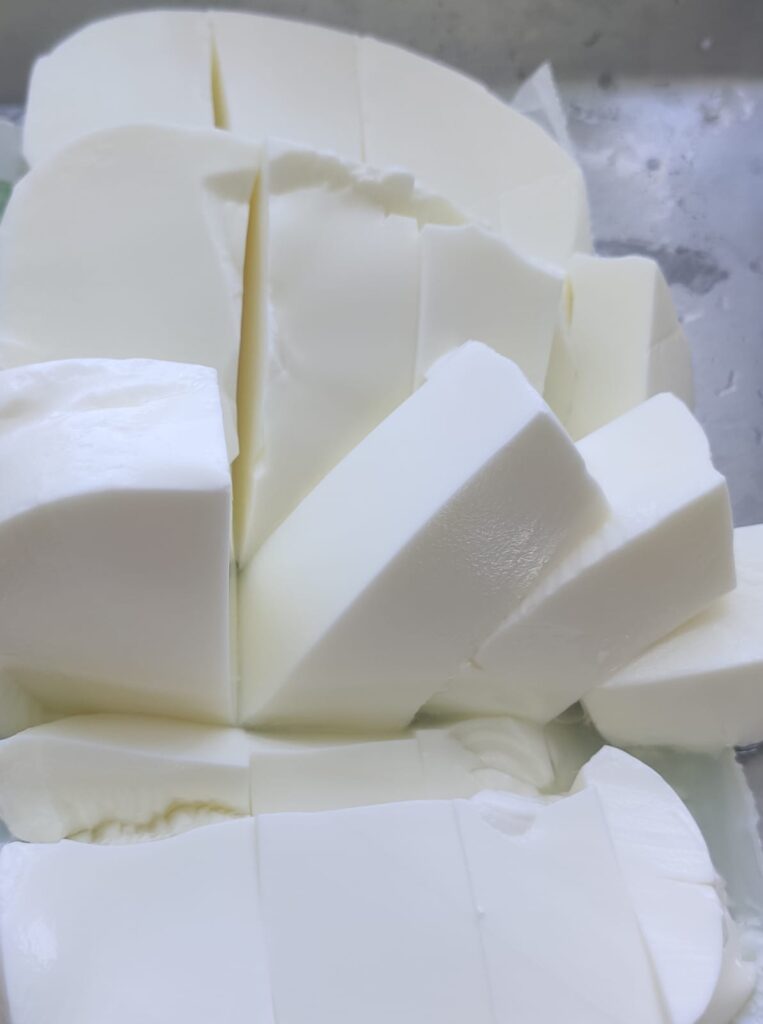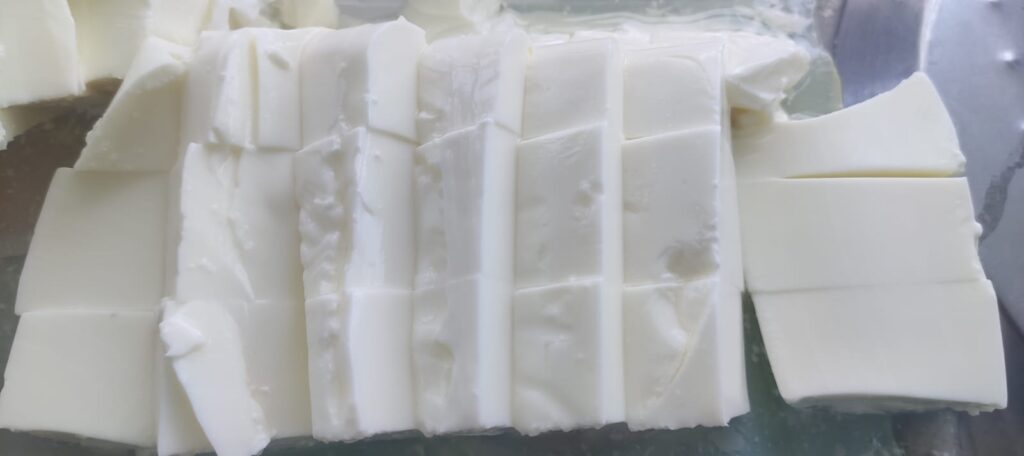Introduction
Pure Desi Style of Dahi making involves a natural fermentation process that depends on indigenous bacteria present in the milk and available dahi. Here’s a detailed overview of the traditional Indian method of making desi style of dahi.
Ingredients for Pure Desi Style of Dahi Making
- Fresh Milk: For Making the dahi you obliviously need Fresh milk, u can use both Cow or Dahi as per your convenience. Fresh milk brings the best results.
- Culture: A small amount of previously made dahi or a spoonful of commercial available culture.
Material required:
- Container: A clean, container like a clay pot or stainless steel vessel required.
- Clean Cloth: To cover the container.
Pure Desi Style of Dahi Making
- Boiling the Milk:
- Start by heating the milk in a pan until it reaches just below boiling point. This process helps sterilize the milk and denature the whey proteins for a thicker consistency.
- Cooling the Milk:
- Allow the boiled milk to cool down to a lukewarm temperature (around 43°C). It should be warm enough to encourage the growth of the dahi culture bacteria but not too hot to kill the bacteria.
- Inoculating with Culture:
- Add a small amount (about 1-2 tablespoons) of previously made dahi or a spoonful of yogurt culture into the warm milk. Stir gently to mix the culture evenly.
- Fermentation:
- Pour the inoculated milk into a clean container like a earthen pot or stainless steel vessel.
- Cover the container with a thick clean cloth or lid. This covering allows the bacteria to grow and prevents contamination.
- Place the container in a warm, environment. In Indian households, this is often done in a warm corner of the kitchen or near a stove.
- Incubation:
- Let the milk undisturbed for 6-8 hours or overnight. During this time, the live cultures (Lactobacillus bulgaricus and Streptococcus thermophilus) ferment the milk sugars (lactose), turning the milk into thick, creamy dahi.
- Checking :
- After the incubation period, check the dahi for a firm, custard-like consistency. The longer you let it ferment, the tangier and thicker it will become.
- Refrigeration:
- Once the dahi has set to your desired consistency, refrigerate it to slow down the fermentation process and chill the dahi.
Tips for Success of Dahi Making:
- Use fresh, high-quality milk for the best flavor and texture.
- Maintain a consistent warm temperature during fermentation. In colder climates, you may need to wrap the container in a towel or place it in a slightly warm oven (turned off) to provide the right environment.
- Avoid disturbing the dahi during fermentation, as this can interfere with the process.
This traditional method of making dahi results in a creamy dahi that is delicious on its own or as an ingredient in various Indian dishes like raita, lassi, and curries.

Benifits of consuming dahi
Consuming dahi offers several health benefits due to its nutritional content and the presence of beneficial bacteria.
Here are detailed benefits of dahi when you have included it in your diet
1. Rich Source of Nutrients:
- Dahi is a good source of essential nutrients like calcium, protein, vitamin B12, riboflavin (vitamin B2), phosphorus, and potassium. These nutrients are important for bone health, muscle function, and overall metabolism.
2. Probiotics and Gut Health:
- Dahi contains live probiotic bacteria such as Lactobacillus bulgaricus and Streptococcus thermophilus, which are beneficial for gut health. These probiotics help maintain a healthy balance of gut flora, improve digestion, and strengthen the immune system.
3. Improved Digestion:
- The probiotics in dahi can aid digestion by promoting the growth of healthy bacteria in the gut. This can be particularly beneficial for individuals with lactose intolerance, as the bacteria help break down lactose.
4. May Reduce the Risk of Osteoporosis:
- Dahi is a good source of calcium, which is essential for maintaining strong bones and teeth. Regular consumption of dahi may help reduce the risk of osteoporosis and bone fractures, especially in older adults.
5. Supports Weight Management:
- Dahi can be a part of a balanced diet for weight management. It is high in protein, which helps promote satiety and can aid in weight loss or weight maintenance when consumed as part of a calorie-controlled diet.
6. Potential Cardiovascular Benefits:
- Some studies suggest that consuming dahi may have cardiovascular benefits, such as lowering blood pressure and reducing the risk of heart disease. The specific mechanisms behind these benefits are still being researched.
7. May Boost Immunity:
- The probiotics in dahi can support immune function by enhancing the activity of immune cells in the gut. A healthy gut microbiome is linked to a stronger immune system.
8. Good for Skin Health:
- The nutrients in dahi, including vitamin B12 and zinc, contribute to skin health. Probiotics in yogurt may also help reduce skin inflammation and improve conditions like acne or eczema.
9. Versatile Ingredient:
- Dahi is a versatile ingredient that can be used in various dishes, both sweet and savory. It adds creaminess and tanginess to recipes like smoothies, marinades, dressings, and desserts.
10. Promotes Overall Well-being:
- Including dahi in your diet as part of a balanced and varied eating plan can contribute to overall health and well-being. It provides essential nutrients and beneficial bacteria that support various bodily functions.
When choosing dahi, opt for plain, unsweetened varieties with live and active cultures to maximize the health benefits. Avoid dahi that are high in added sugars or artificial flavors.
Incorporate dahi into your meals and snacks regularly to enjoy its nutritious and delicious qualities.

What are the Probiotics…?? are they found in Dahi??
The probiotics found in dahi (yogurt) are beneficial bacteria that contribute to its health-promoting properties. The primary probiotic strains commonly found in yogurt include:
- Lactobacillus bulgaricus:
- This bacterium is used in the fermentation process of Dahi. It helps convert lactose (milk sugar) into lactic acid, which gives dahi its tangy flavor. Lactobacillus bulgaricus is known for its ability to survive in the acidic environment of the stomach and provide health benefits to the gut.
- Streptococcus thermophilus:
- Along with Lactobacillus bulgaricus, Streptococcus thermophilus is used to ferment milk into dahi. This bacterium also produces lactic acid and contributes to the texture and flavor of dahi. It has been shown to support gut health and may have immune-modulating effects.
These probiotic bacteria are naturally present in dahi due to the fermentation process. During fermentation, these bacteria break down lactose into lactic acid, which helps preserve the dahi and creates its characteristic creamy texture and tangy taste.
Consuming dahi containing these live and active probiotic cultures can introduce beneficial bacteria into the gut, where they can help maintain a healthy balance of intestinal flora. Probiotics are believed to support digestion, boost immunity, and contribute to overall gut health.
When selecting dahi for its probiotic benefits, it’s important to choose varieties labeled as containing live and active cultures and to avoid dahi that have been heat-treated after fermentation, as this can kill the beneficial bacteria.
Additionally, opting for plain dahi without added sugars or artificial flavors ensures that you’re getting the maximum health benefits from the probiotics in dahi.